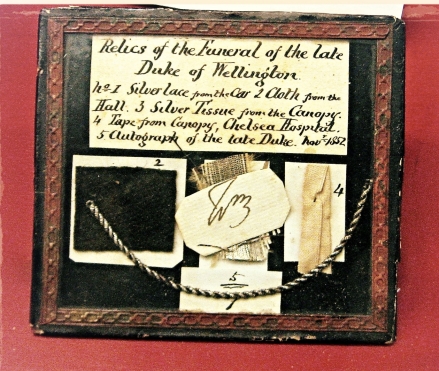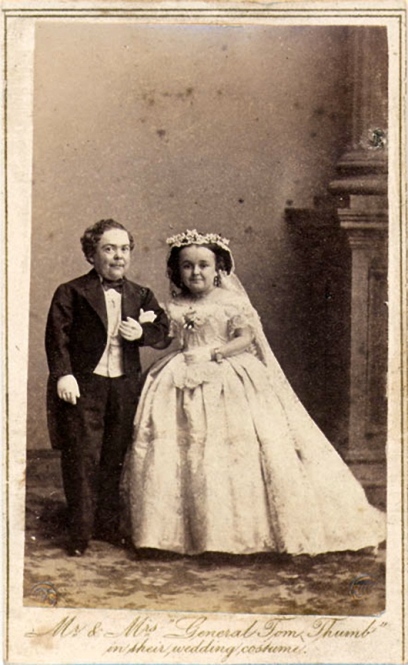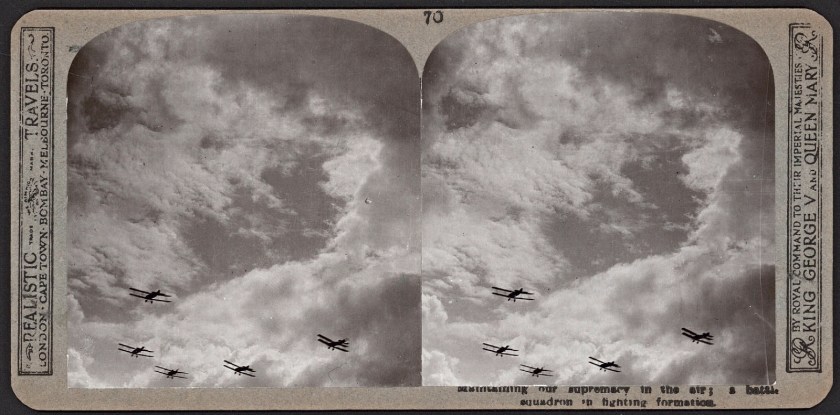
Charlotte Canda (3 Feb., 1828-3 Feb., 1845) was the daughter of Frenchman Charles Francis A. Canda (1792-1866), of Amiens, Somme, Picardie, and Adele Louisa Theriott (1804-1871), whom he wed 10 May, 1824.
Charlotte’s mother’s ancestors were early French settlers of New York. Adele was the daughter of Gabriel L. Theriott and sister of Augustus B. Theriott (1808 – 1866), who inherited their father’s dry-goods business circa 1823 when he was still a teenager.

It has been put forth that Charlotte’s father was an officer in Napoleon’s army and that he was a veteran of the Battle of Waterloo, after which he sailed for America. However, this is likely untrue. There was a Canda in the Battle of Waterloo, which occurred in June 1815, but that man was Charles’s brother, Louis-Joseph-Florimond Canda, who served many years as an officer in the French army, married Angeline, daughter of the Marquis De Balbi-Piovera from Genoa, immigrated to the United States, was an early settler of Chicago, and died there in 1886. The purported military backstories of both Candas are told almost identically in varying sources, indicating that Charles and Florimond have been conflated.
Continue reading ““All Tombs Around Are in Its Splendor Lost””














